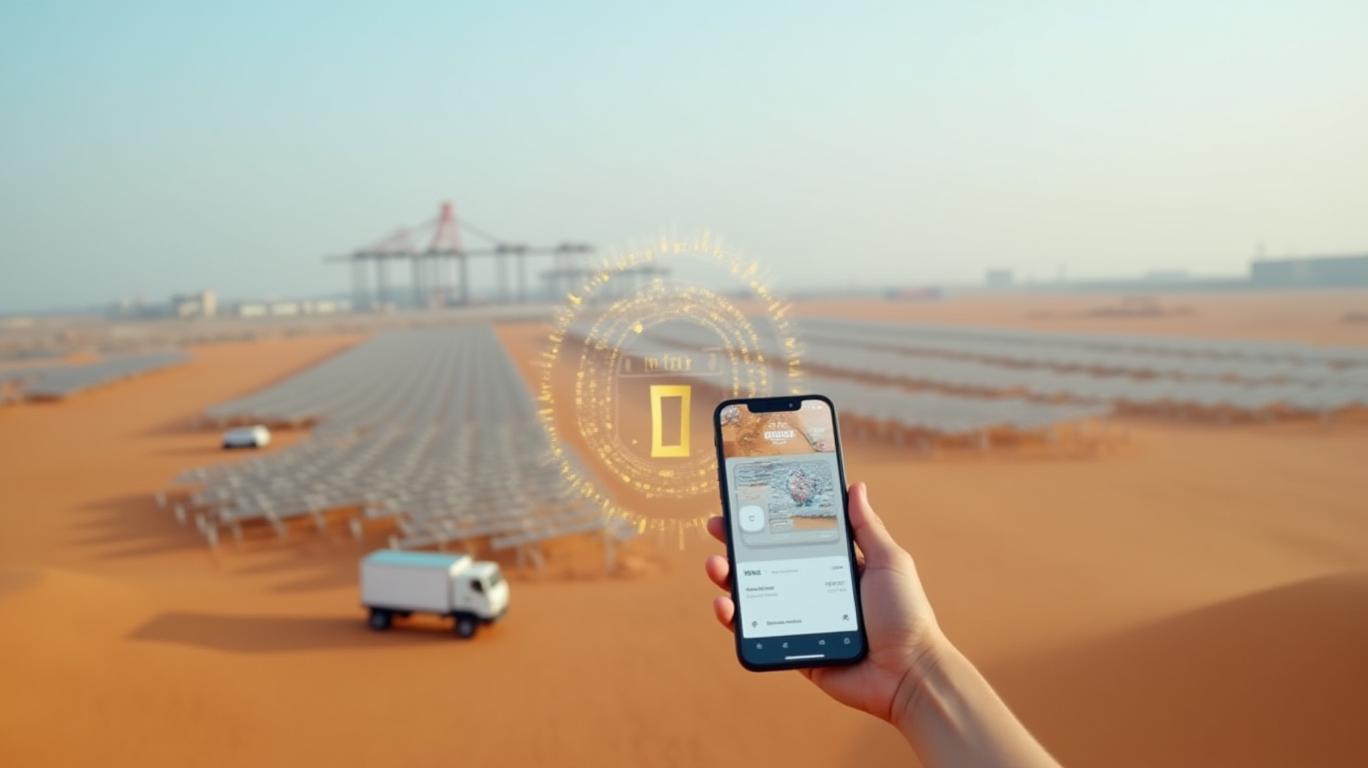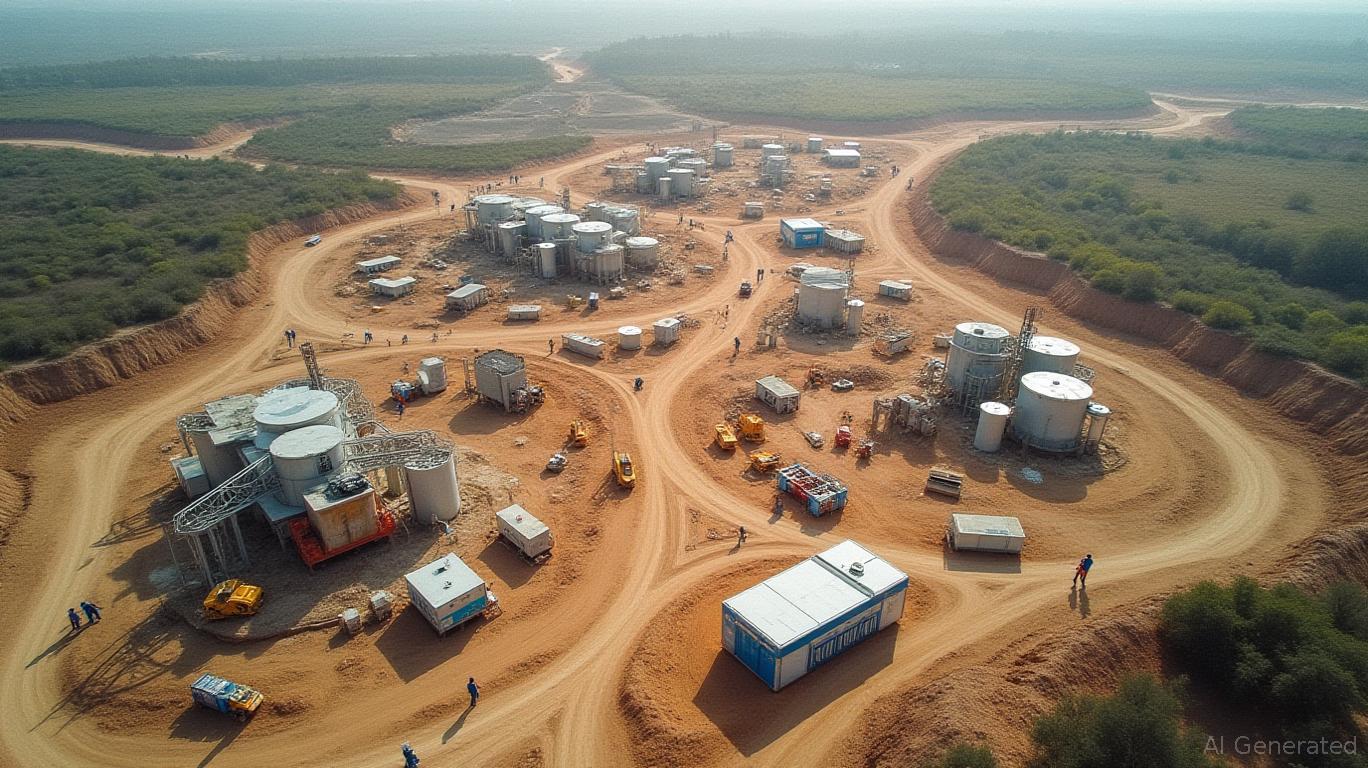Undiscovered Gems in the Middle East to Explore This May 2025
The Middle East, often perceived through the lens of oil and geopolitical turbulence, is quietly emerging as a hub for resilient, high-growth investment opportunities. Despite headwinds like OPEC+ production cuts, fiscal pressures, and lingering conflicts, sectors such as renewable energy, tech-driven logistics, and cross-regional integration are carving out pathways to sustainable returns. This article highlights the "undiscovered gems" poised to thrive in 2025, supported by data-driven analysis and strategic insights.
The Economic Landscape: Growth Amid Challenges
The IMF forecasts MENA’s GDP growth to reach 2.6% in 2025, with Egypt leading at 3.8% due to structural reforms and IMF-backed stabilization. However, the region faces headwinds: oil exporters lose $20 billion annually from production cuts, while climate risks threaten food security for 15 million people by 2026. Geopolitical tensions, particularly in Syria and Yemen, could shave 1.5% off regional GDP. Yet, within this complexity, sectors with clear demand and policy backing are thriving.
Key Investment Sectors
1. Renewable Energy: Lighting Up the Desert
The Middle East’s energy transition is gaining momentum. The UAE and Jordan aim for 50% renewable energy mixes by 2030, driven by IMF-backed solar and wind projects. By 2027, solar capacity in the region could triple, creating demand for infrastructure and specialized manufacturers.

Why It Matters:
- Renewable energy investments are projected to unlock $30 billion in annual GDP by 2030 (IMF).
-
2. Tech & Logistics: The Digital Heartbeat of MENA
Egypt’s Cairo is fast becoming a tech and logistics powerhouse. Its IT sector grew 8% in 2024, with fintech and e-commerce attracting $2 billion in FDI. Meanwhile, GCC logistics hubs are integrating with Central Asia’s energy and trade networks, potentially adding $10 billion to regional trade by 2027.
3. GCC-Central Asia Integration: A New Silk Road?
Deeper economic ties between the GCC and Central Asia—driven by energy partnerships and supply chains—are reshaping trade dynamics. Pipelines like the Turkmenistan-Afghanistan-Tajikistan-Pakistan-India (TAPI) project and digital corridors are reducing dependency on oil revenues.
Undiscovered Gems: Companies to Watch
Middle East Specialized Cables (MESC)
A Saudi-UAE manufacturer of fiber optic and insulated cables, MESC reported an 86% earnings surge in 2024, with net income hitting SAR 91 million. Its improved debt-to-equity ratio (18.5%) and P/E ratio (16.1x vs. Saudi market average of 22x) make it a compelling value play.
Why Invest: Its products are critical for renewable energy grids and digital infrastructure, aligning with regional decarbonization goals.
Atreyu Capital Markets (Israel)
This debt-free Israeli investment firm saw net income rise 27.8% annually to ₪93.26 million in 2024. Its focus on tech and real estate sectors, combined with zero net debt, positions it to capitalize on MENA’s asset-light opportunities.
Malam-Team Ltd (Israel)
An IT services provider, Malam-Team achieved 38.6% net income growth in 2024, driven by hardware/cloud infrastructure. However, its net debt-to-equity ratio (27%) raises some caution.
Risk Considerations
- Geopolitical Volatility: Conflicts in Yemen and Syria could disrupt supply chains and investor sentiment.
- Climate Risks: Water scarcity and heatwaves may curtail agricultural output, affecting food security.
- Oil Market Uncertainty: Global demand fluctuations could pressure fiscal budgets in oil-dependent economies.
Conclusion: A Strategic Approach to MENA’s Future
The Middle East’s 2025 investment landscape demands a nuanced, diversified strategy. Renewable energy (e.g., MESC), tech/logistics (Egypt’s IT sector), and cross-regional integration offer high-growth avenues. However, investors must balance these opportunities against geopolitical and climatic risks.
Key takeaways:
- Sectors to Prioritize: Renewable energy (15–20% annual growth potential), tech (8–10% GDP contribution in Egypt), and GCC-Asia trade linkages ($10B trade upside).
- Undervalued Plays: MESC’s P/E discount and Atreyu’s debt-free balance sheet stand out.
- Mitigating Risks: Diversify across sectors and geographies, favoring companies with strong balance sheets.
The IMF’s warning—growth hinges on resolving trade disputes and stabilizing oil markets—underscores the need for patience and selective investing. For those willing to navigate complexity, the Middle East’s “undiscovered gems” could deliver outsized returns in a fractured global economy.


_442a2dcc1749832873286.jpeg)
_e68fac6d1749831664430.jpeg)






